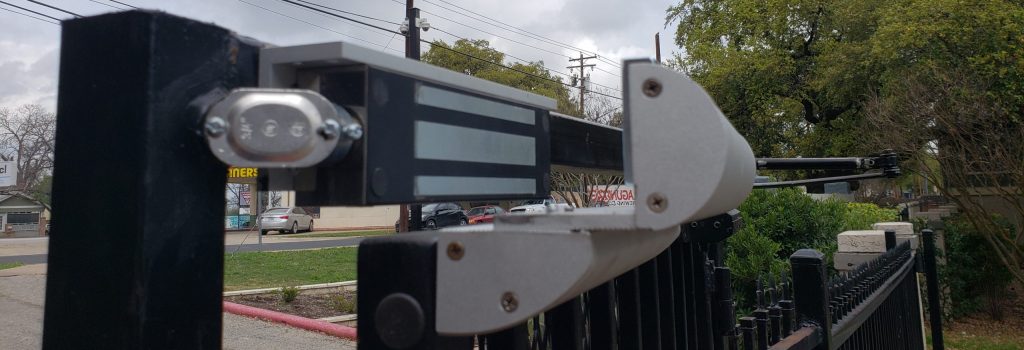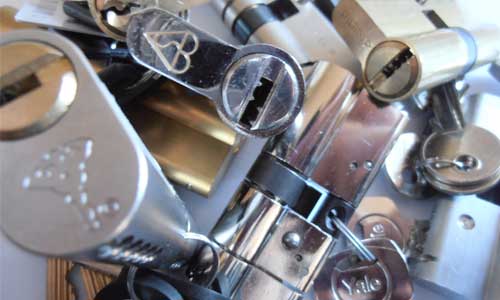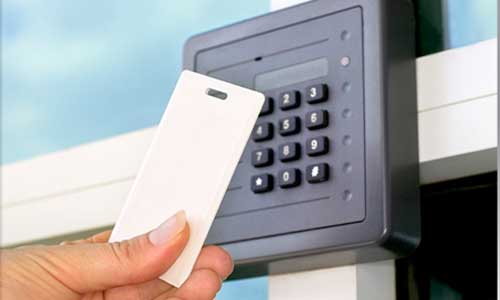What is it about?
In simple terms, an access control system is a tool to manage who goes where and when. It’s meant to increase security and productivity, to save time and money, all the while providing you with more insight and control over your operation. Electronic access control is an exciting, emerging market that can provide effective solutions for a variety of management challenges. All the while increasing your peace of mind and your bottom line

Why not keys?

Traditional locking hardware and key systems, thought reliable and effective, have their limitations.
Keys are:
- Limited to a specific function
- Impossible to control remotely
- Without activity logs
- Bulky, clumsy and awkward.
- When lost, they are an expensive emergency service that requires replacement and key duplication.
Efficiency
To be properly implemented, a physical access control system (or electronic access control system), must work unnoticeably in the background for the user and simplify the day to day operations for the administrator.
It will allow you to:
- Manage entry and exit (or egress) to any area, from a single location, on or off site
- Set up an access schedule that can be specific to an area, time, user, or a condition
- Create an audit trail to log activity like authorized access, unauthorized access attempts, time/date stamps, notifications and alerts
- Minimize expenses that are due to loss of credentials, by eliminating the need to carry, replace and manage keys
- Eliminate the need for multiple keys
- Increase the level of security on your property
- Make point of entry and egress more convenient to use
- Save time, money and, much more importantly, mental space

If not keys, then what?


You don’t have to discount keys all together. In fact, even with an access control system we still use key switches to manually override the system in cases of emergency. In some cases customers will keep their existing locking hardware and keys, and integrate them with electronic access control by adding equipment to an existing setup.
Examples of such equipment are:
- Access controller
- Credential reader
- Request-to-Exit devices like an exit button, exit sensor, mechanical exit bar or electronic exit bar
- Power supply
- Battery backup
- Fire alarm disconnect relay
- Voice intercom / Video intercom
- Alert sensors
- Audio visual (A/V) equipment
- Video surveillance equipment
- Other automation equipment
Credentials are used to identify users and authorize access. When a credential is presented to a reader, the system logs the event and will grant or deny access depending on authorization and schedule. The most common credentials are:
- RFID card, RFID tag (“fob”), RFID sticker
- PIN code
- Fingerprint scan
- Facial recognition scan
- Smartphone, Smartphone app
A system could also be set up to require a combination of credentials for increased security. For example, a pin code to identify a user and a fingerprint scan to verify said identity.
Beyond Access Control
We understand that In order to find the best solution, there is a lot to consider:
- Security concerns
- Cost savings
- Users
- Administrators
- Design and hardware
- Credentials
- Size of operation
- Integrations and potential scalability
- Emergency protocols
- Permits and inspections
- Coordination with other professionals
- The list goes on…

Call (512) 790-2424 now, to speak with a security professional
and get more information or to schedule an appointment.
Security Done Right.
GET A QUOTE TODAY
Please leave your information in the form below and one of our representatives will get back to you back shortly.
